In recent years, technological advancements in the field of dentistry have significantly transformed the way dental care is delivered. These innovations not only improve the precision of treatments but also contribute to faster recovery times for patients. Whether through minimally invasive procedures, advanced imaging technologies, or new materials, dental technologies are making it easier for patients to return to their daily lives with minimal discomfort and faster healing.
In this article, we will explore how the latest developments in dental technology are helping patients recover more quickly and achieve better outcomes.
1. Minimally Invasive Techniques: Reducing Trauma and Speeding Up Healing
One of the most notable advances in dental care is the shift toward minimally invasive techniques, which focus on preserving as much healthy tissue as possible while treating dental problems. These techniques often result in faster healing and less post-treatment discomfort for patients.
A. Laser Dentistry
Laser technology has transformed the way many dental procedures are performed. By using focused light energy, dentists can treat a variety of conditions such as gum disease, cavities, and even teeth whitening with minimal damage to surrounding tissues.
- Reduced Bleeding and Swelling: Laser treatments minimize bleeding by cauterizing blood vessels as they work. This leads to reduced swelling and faster healing times.
- Faster Recovery: Since lasers are highly precise, there is less need for cutting or stitching, resulting in a quicker recovery process.
- No Need for Anesthesia: Many laser procedures can be performed with little or no anesthesia, reducing the risk of post-treatment side effects like numbness or discomfort.
B. Air Abrasion Technology
Air abrasion is another example of a minimally invasive technique, especially used for cavity preparation. Instead of traditional drills, air abrasion uses a fine stream of particles to gently remove decay from the tooth.
- No Need for Drills: This method avoids the vibrations and noise of traditional drills, which can cause anxiety for many patients. It is quieter and causes less discomfort, leading to a smoother recovery experience.
- Less Invasive: Because the procedure is more gentle, the healing time is significantly reduced compared to traditional methods.
2. Digital Imaging and 3D Scanning: Precision for Quicker and Safer Treatment
Incorporating digital technologies in dental diagnostics and treatment planning has made a significant impact on how quickly and accurately dental procedures are performed. These tools provide more detailed and precise information, allowing for better planning and execution.
A. Intraoral Scanners
Traditionally, dental impressions were taken using messy and uncomfortable molds that could take several minutes to complete. Intraoral scanners, however, allow dentists to capture precise, high-resolution 3D images of a patient’s teeth and gums in a matter of seconds.
- Faster Diagnostic Process: Intraoral scans allow for a more accurate diagnosis, enabling faster treatment planning and reducing the number of appointments needed.
- Immediate Results: The scan results are immediately available, which means patients can avoid the long waiting times typically associated with sending impressions to a lab.
- Comfortable Experience: Since there are no messy molds involved, the process is far more comfortable, contributing to less patient stress and faster healing after treatments.
B. 3D Imaging (CBCT) for Treatment Planning
Cone Beam Computed Tomography (CBCT) is a revolutionary technology that provides 3D imaging of the mouth, teeth, jaw, and surrounding structures. This imaging allows for much more detailed views of the treatment area compared to traditional X-rays.
- Precision in Implant Placement: For procedures like dental implants, 3D imaging allows for extremely accurate planning, ensuring that implants are placed with optimal precision. This results in faster recovery since the surgery is less invasive and complications are minimized.
- Better Visualization of Complex Cases: CBCT helps identify underlying issues like bone loss or infection that may not be visible with traditional X-rays, ensuring that treatments are tailored to the patient’s needs, which can speed up recovery by addressing problems early.
3. CAD/CAM Technology: Faster Restorations and Reduced Wait Times
Computer-Aided Design and Computer-Aided Manufacturing (CAD/CAM) technology is revolutionizing the creation of dental restorations such as crowns, bridges, and veneers. CAD/CAM systems allow dentists to design and produce restorations in-office, drastically reducing the time required to complete procedures.
A. Single-Visit Restorations
With CAD/CAM technology, dentists can take digital impressions, design restorations on a computer, and then fabricate them on-site, all in one appointment. This is especially beneficial for crowns, bridges, and inlays.
- Immediate Results: Patients no longer need to wait for weeks for lab-made restorations. In some cases, the entire procedure can be completed in a single visit, leading to faster recovery.
- Less Sensitivity: Traditional crown procedures often involve multiple fittings and adjustments. CAD/CAM systems ensure that the final restoration fits perfectly the first time, reducing the need for follow-up appointments and adjustments, which can prolong the recovery process.
B. Precision Fit and Durability
Since CAD/CAM technology creates highly precise restorations that match the patient’s natural teeth, the likelihood of post-treatment complications is reduced. This also contributes to faster healing times, as patients are less likely to experience discomfort or issues with their dental work.
4. Biocompatible Materials: Promoting Faster Healing and Better Outcomes
The use of advanced biocompatible materials in dental treatments plays a crucial role in faster recovery. These materials are designed to work seamlessly with the body, reducing the risk of complications and promoting faster healing.
A. Titanium Implants
Titanium dental implants have long been the standard for replacing missing teeth due to their durability, strength, and biocompatibility. However, recent advancements have made titanium implants even more effective, as they are now designed to integrate more quickly with the bone.
- Faster Osseointegration: New surface treatments and coatings on titanium implants promote faster osseointegration (the process of the implant fusing with the bone), allowing patients to recover more quickly after implant surgery.
- Reduced Infection Risk: Modern titanium implants have antimicrobial properties that reduce the risk of infection, helping patients heal faster and experience fewer complications.
B. Ceramic Materials for Restorations
Ceramic materials are now commonly used for dental crowns, bridges, and veneers. These materials not only mimic the natural look of teeth but also offer excellent durability and biocompatibility.
- Non-Allergenic: Unlike metal-based restorations, ceramics do not pose an allergy risk, reducing the chances of post-treatment irritation or complications.
- Faster Healing: Since ceramic materials are more compatible with the body, they are less likely to cause inflammation or rejection, leading to quicker recovery times for patients.

5. Regenerative Dentistry: Accelerating Healing with Stem Cells and Growth Factors
Another exciting area of development in dental technology is regenerative dentistry, which focuses on using the body’s natural healing processes to accelerate recovery. Techniques involving stem cells and growth factors are being explored to regenerate lost or damaged dental tissues.
A. Stem Cell Therapies for Tooth Regeneration
Stem cell research in dentistry holds the potential to revolutionize the treatment of lost or damaged teeth. For example, stem cells can be used to regenerate dental pulp (the innermost part of the tooth) or even grow new teeth.
- Regeneration of Damaged Tissue: Stem cell therapies are being used to regenerate gum tissue, reduce bone loss, and even restore the pulp of teeth that are compromised by injury or disease. These treatments have the potential to accelerate healing and reduce the need for invasive procedures like root canals.
- Faster Recovery: By harnessing the body’s regenerative abilities, stem cell therapies could make recovery from dental procedures faster and less painful, allowing for improved outcomes.
B. Platelet-Rich Plasma (PRP) and Growth Factors
PRP therapy involves using the patient’s own blood to concentrate platelets, which contain growth factors that promote tissue healing. When applied to surgical sites in the mouth, PRP accelerates the healing process by stimulating cell growth and tissue repair.
- Faster Tissue Healing: PRP therapy has been shown to speed up tissue regeneration, reduce inflammation, and minimize scarring after dental surgery.
- Reduced Pain and Swelling: By promoting healing at a faster rate, PRP therapy also helps reduce post-operative discomfort, making the recovery period more manageable.
6. Sedation and Pain Management Innovations: A More Comfortable Recovery
Advancements in sedation techniques and pain management have also contributed to faster recoveries in dental patients. New options for conscious sedation and localized anesthetics are making dental procedures less traumatic and more comfortable.
A. Laser-Assisted Sedation
Laser technology has allowed for more precise sedation methods, ensuring that patients remain calm and comfortable throughout their procedure without the need for deep sedation or general anesthesia.
- Reduced Post-Operative Side Effects: Laser-assisted sedation methods help patients recover more quickly, with fewer side effects such as grogginess or nausea.
- Comfortable Experience: Patients are more likely to feel at ease during and after the procedure, making their recovery period much smoother.
B. Non-Opioid Pain Management
With the increasing concern about opioid use, many dental professionals are turning to non-opioid pain management solutions. These include advanced local anesthetics and alternative medications that help patients manage pain after their procedure without the risks associated with opioids.
Conclusion
Recent advances in dental technology are not only improving the quality and effectiveness of dental care but also helping patients recover more quickly and comfortably. From minimally invasive techniques like laser dentistry and air abrasion to the use of biocompatible materials and regenerative treatments, these innovations are setting new standards for fast, efficient,
and personalized dental care. As dental technologies continue to evolve, we can expect even faster recovery times and better outcomes for patients, ensuring that oral health is maintained with minimal disruption to their lives.

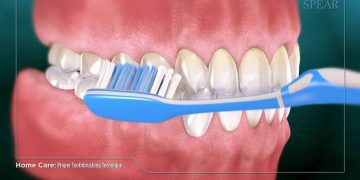
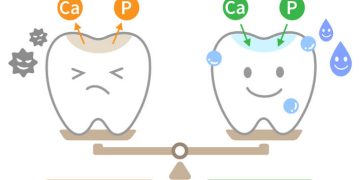
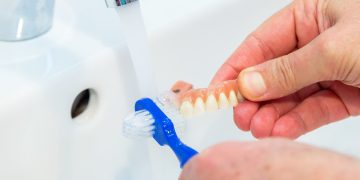



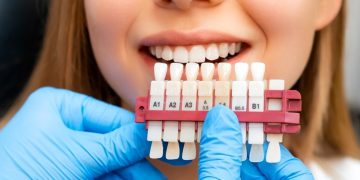
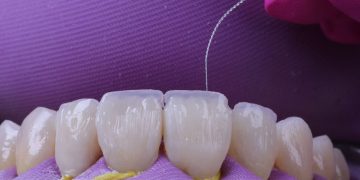
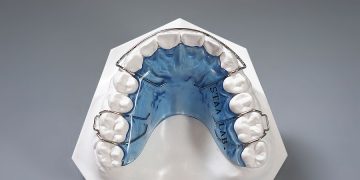
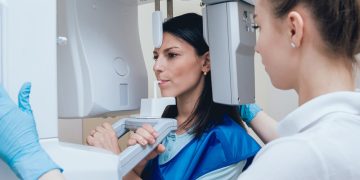
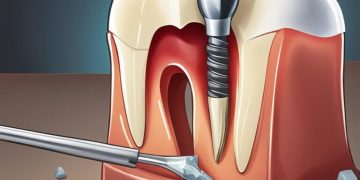
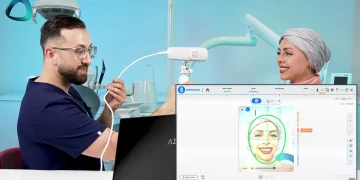


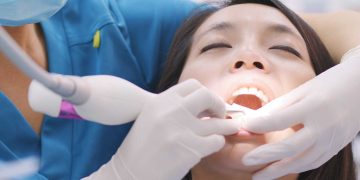









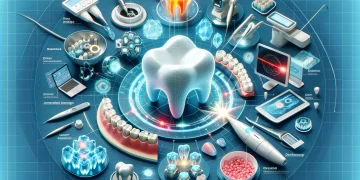
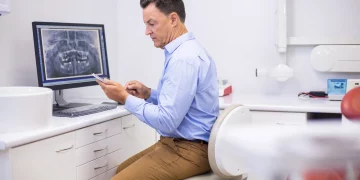

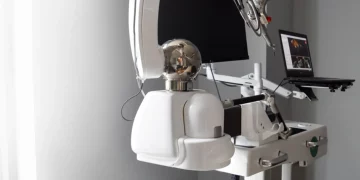
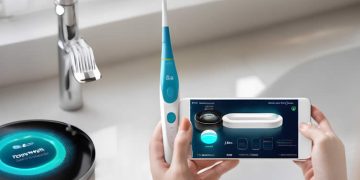
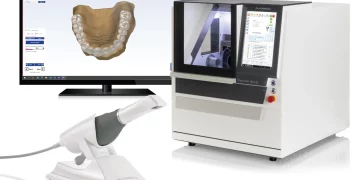














Discussion about this post